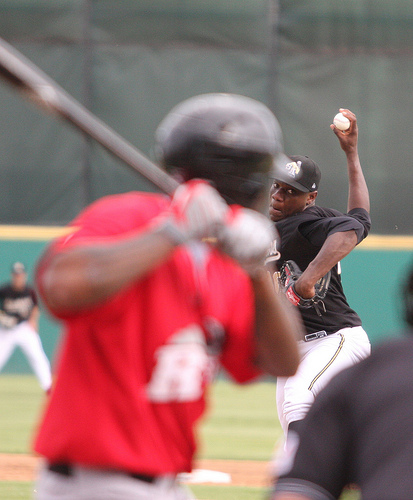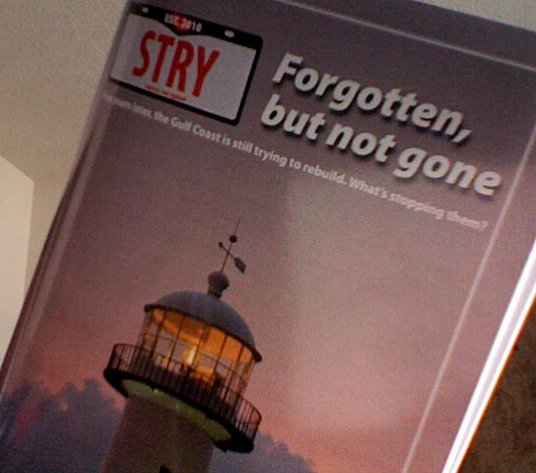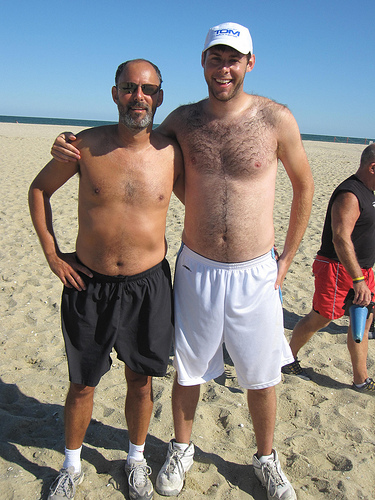If you’re still in school, or just out of college, you should really have a side project. If you’ve got a job or an internship for the summer, that’s great — but that gig probably isn’t showcasing your work in the way you want. It’s up to do to build your own showcase.
But you should also understand this: As someone who’s hired (and, at this moment, hiring), when I look at your side project, I’m going to be asking two questions:
1) Does that side project make you better at the thing you really want to do?
2) Does it reveal something about you?
Let’s take those one at a time:
Does it make you better at the thing you want to do? — If you’re applying to a newsletter job, and you’ve got a side TinyLetter, I’ll be intrigued. I’ll want to see how you’re applying relevant newsletter skills on a personal level: Are you running A/B tests? How are you measuring success, and what tools are you using to measure it? If you’ve been working in a non-editorial job for a few years (like marketing or advertising), having a TinyLetter as a showcase for your skills might be a good way to prove that you’re ready to transition to a newsletter job, and to show me that you’ve been honing your skills through that side project.
Does it reveal something about you? — Maybe you’re applying to that newsletter job but your side project doesn’t have anything to do with newsletters. Maybe — and I’ll use a random-but-real example from two of my old co-workers — you launched a podcast about the Baby-Sitters Club series.
Making that podcast won’t tell me a lot about your ability to edit a newsletter, but it’s still relevant, because it tells me a lot about the way you think and the way you take on big tasks. Just from listening to your podcast and talking with you about it, I’ll be able to learn a lot: What you’re interested in, how you approach a new project, what kind of tools you use to stay organized, and how you collaborate with others.
I can’t say this enough: Start something new. It’ll give you an outlet for your creativity, showcase your work — and it might help you get hired.
———
That stock footage at the top doesn’t have much to do with this post — I just kinda liked it. It comes via Unsplash, my favorite site for stock photos, and photographer Stephen Di Donato.






